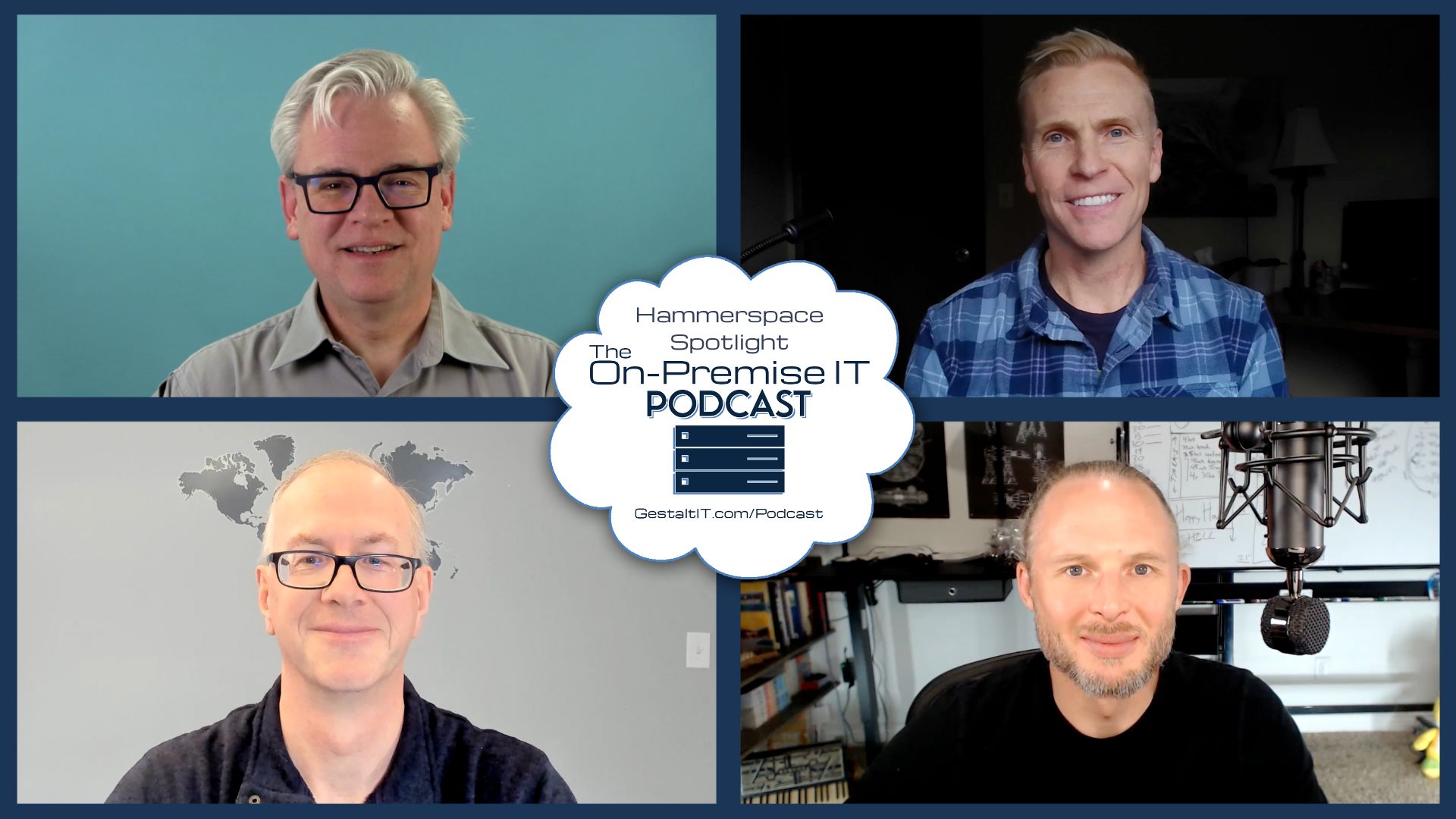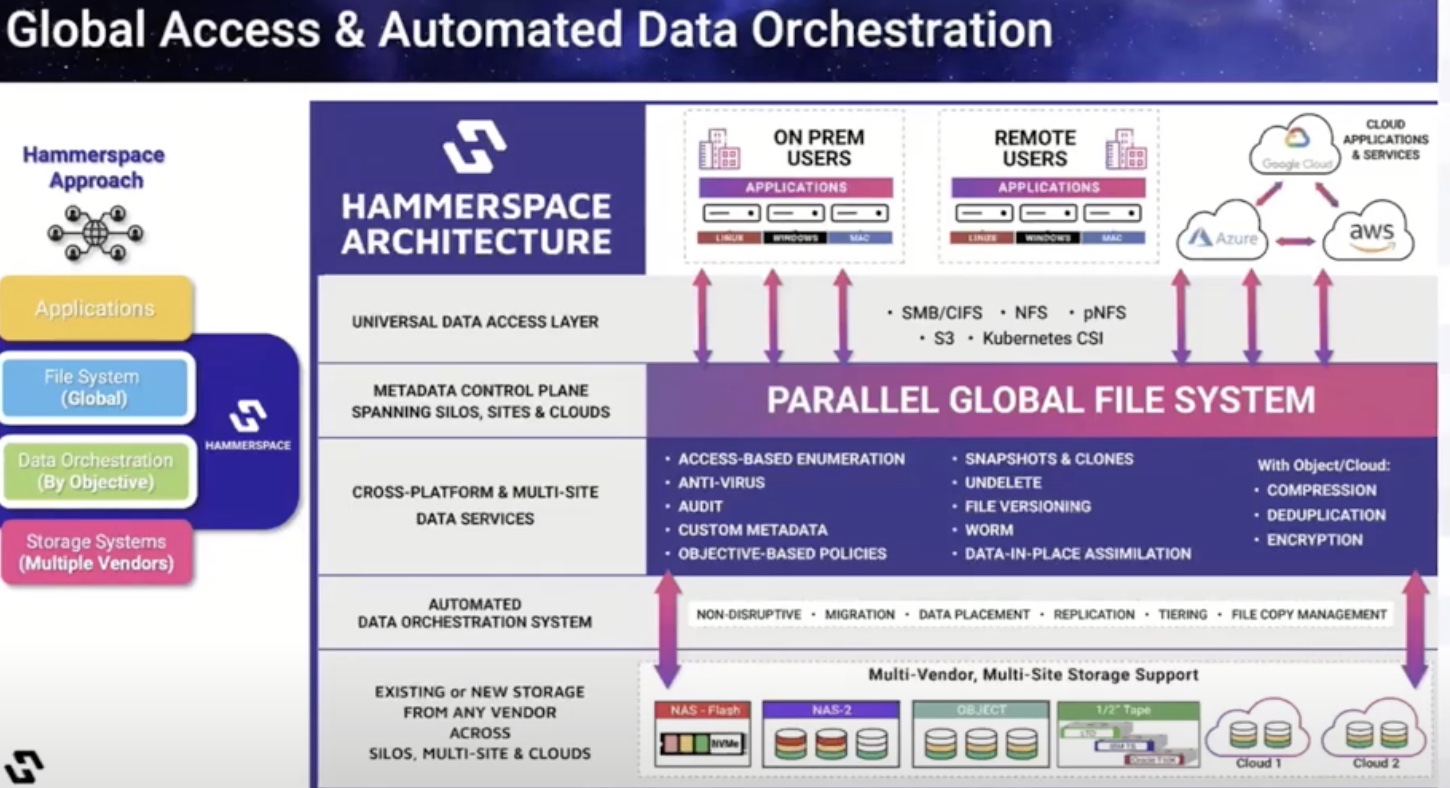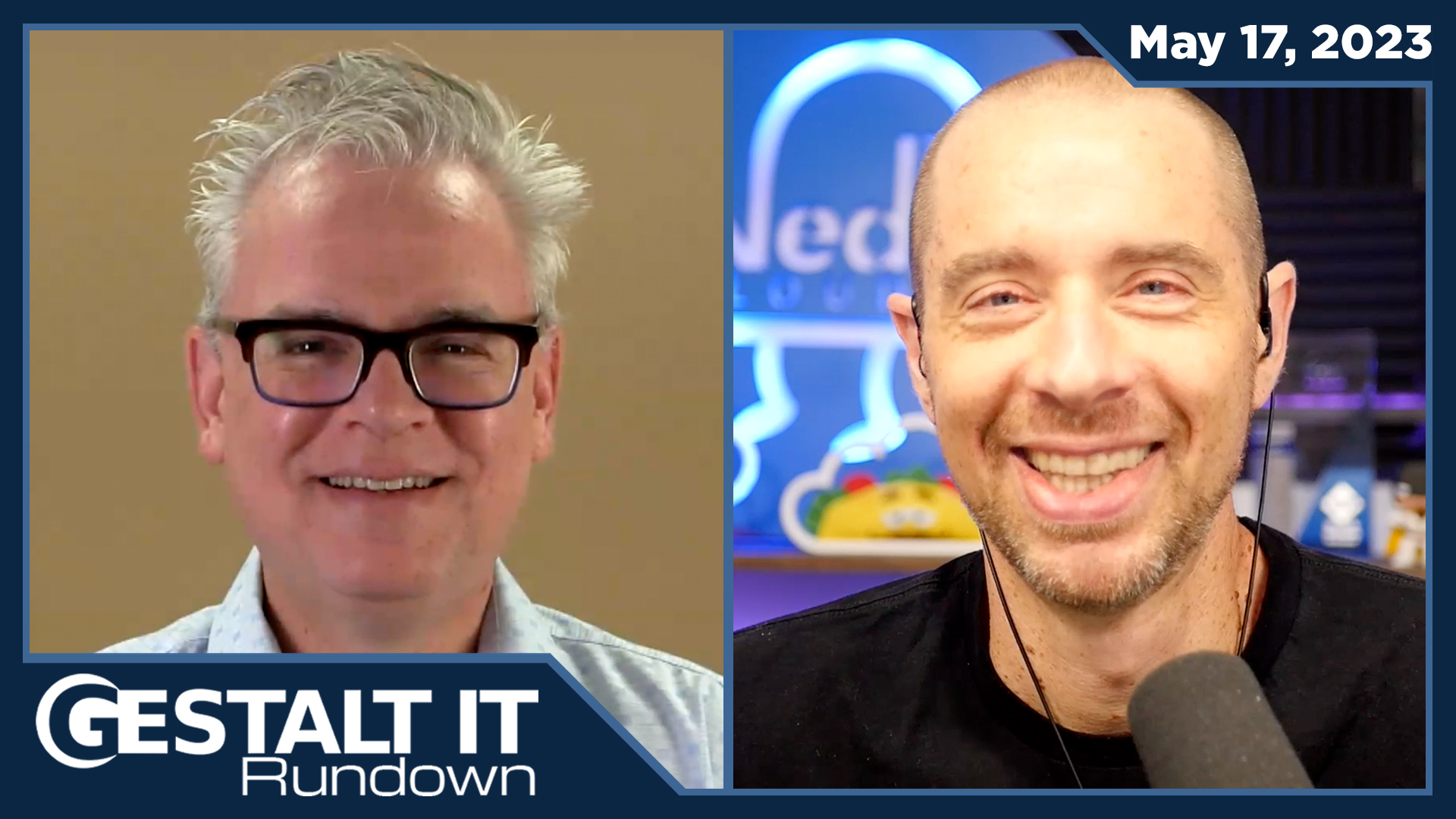The field of Electronic Design Automation, also known as Electronic Computer Aided Design (ECAD) involves numerous steps, processes and tools. Electronic Design Automation (EDA) starts with a design defined by a group of developers using programming code to represent the function of the electronic component. Voluminous simulations and multiple verifications are performed on these representations to determine the interaction of the electronic components. Multiple verifications are exercised on the representations, ensuring correctness, timing considerations and physical viability of the design. Many of these processes, such as simulations and verifications, are iterative.
These processes present a variety of challenges. Various representations of the data are often shared across multiple sites. Different stages of the processes are often scattered, even though there’s a need for a unified workflow. In many environments, this may mean a lot data copies and synchronization of the representations, as well as versioning headaches.
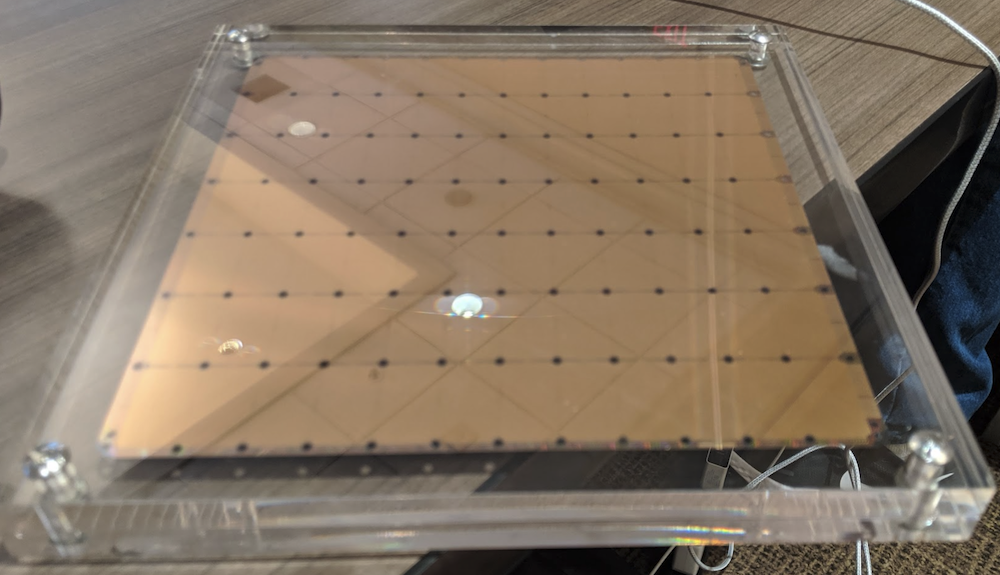
Electronic components, and silicon chips in particular like this one, have increased in density and complexity. As a result, the processing and storage requirements for EDA have increased accordingly. The simulation and verification portions can require compute and storage resources similar to high-performance computing workloads.
Explaining Global Data Environment
Hammerspace introduced the Global Data Environment as a method for a disparate set of users to have common file access of datasets from a panoply of otherwise incompatible storage sources and locations. The storage can be local, data-center NAS or object, or just cloud-based. Hammerspace provides a metadata layer that presents all of this storage in a single global namespace, consumable as NFS, SMB/CIFS or Container Storage Interface (CSI) for Kubernetes.
Hammerspace also orchestrates the underlying storage, staging it to appropriate underlying sources when data locality is important. It uses objective-based policies to decide access, protection, performance and other attributes of the storage.
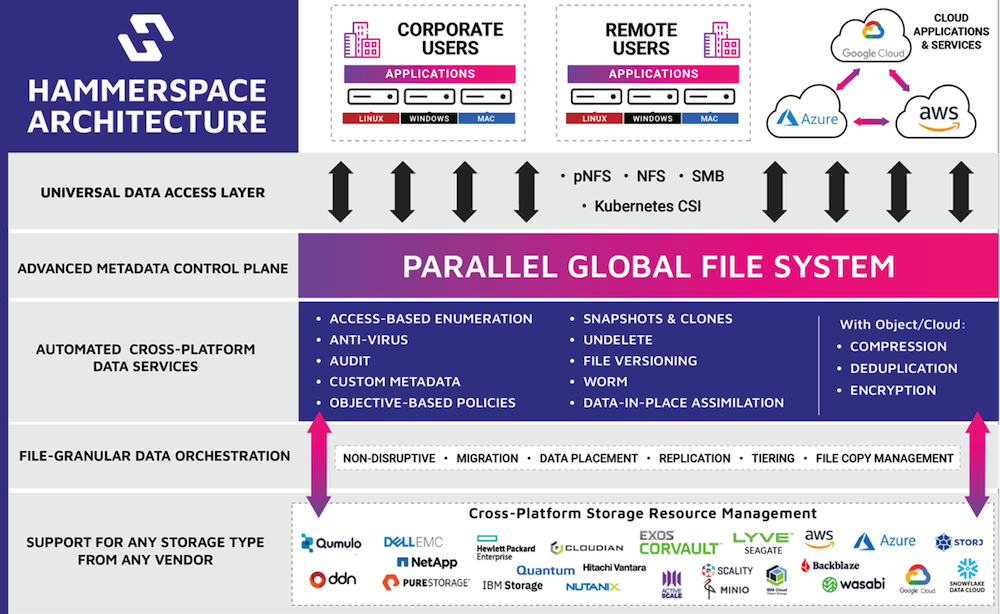
The Hammerspace metadata can be inherited (or, as they say, assimilated) from the underlying storage. In an EDA environment, this means that a project that is already initially designed can easily be brought into a Hammerspace for subsequent steps.
A rich set of data services are available under the single file namespace. Data can be actively tiered and archived, completely transparently to the users. This includes tiering between local and cloud-based locations. Data protection, such as automatic snapshots, virus scanning, and replication are available. Efficiency services, such as compression and deduplication, can be applied.
Hammerspace includes a comprehensive GUI for the Global Data Environment. Policies can be viewed, created, and applied. Graphical maps representing data location and movement can be displayed. The dashboard displays overall Hammerspace activity.
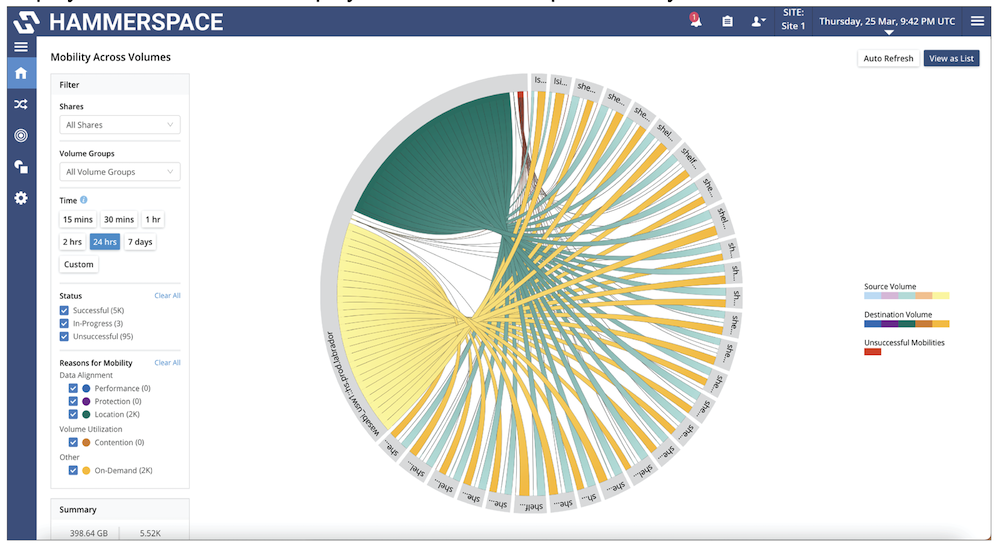
Additionally, every capability in the GUI can also be used programmatically via API, through several SDKs available from GitHub.
Accelerating EDA with Hammerspace
A Hammerspace Global Data Environment is an ideal way to speed up the entire EDA process, from design to production. It provides the ability to have the same filesystem namespace available to developer workstations, a data center’s synthesis engine and cloud or high-performance computing facilities for simulation and verification.
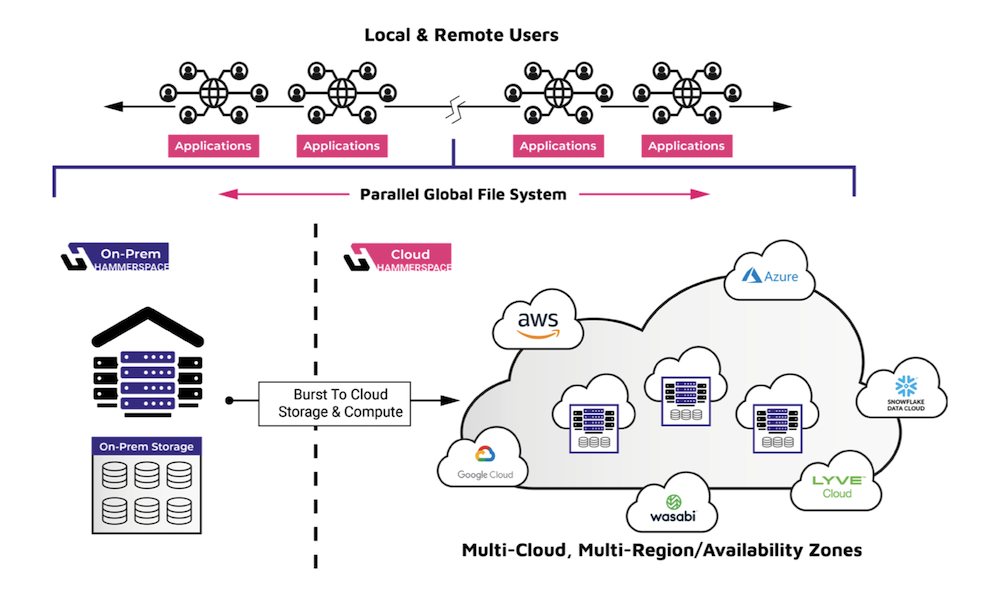
This means there’s no need to copy data from one place to another before starting an operation. There’s also no need to serialize the entire operation, because multiple parts of the process can happen at the same time. Hammerspace handles staging and tiering the data seamlessly with no user interaction. Hammerspace also provides a “burst to cloud” capability to rapidly get processes rolling on hyperscalers or private cloud facilities.
The ability to access the organization’s entire data set from any application can greatly accelerate EDA from start to finish.
Cutting Costs with Hammerspace
This unified access to the entire set of organizational data can also be a boon in terms of licensing costs. Practically every aspect of the EDA process involves using licensed technology. This includes Synopsys or Cadence for the synthesis and simulation portion of the process. Tools such as Verilog or Synopsys VCS carry healthy prices for functional and sign-off verification. Even job control for the entire process, like Perforce Helix Core, causes dollar signs to seemingly drift into the ether.
Simplifying data access can help prevent engineers and techs from “idling” while waiting for some other portion of the process to finish. And, reduces the burden on IT to find and copy data sets while trying to keep track of master copies of data.
As with many endeavors, speeding up the process can lead to significant savings.
Automation Integration
Finally, a Hammerspace Global Data Environment provides automation integration in two different ways. The first is a rich set of APIs that EDA Automation can link into. Perforce can make Python calls to directly interact with a Hammerspace. Hammerspace also provides an Ansible playbook for the EDA ventures using Ansible for job control.
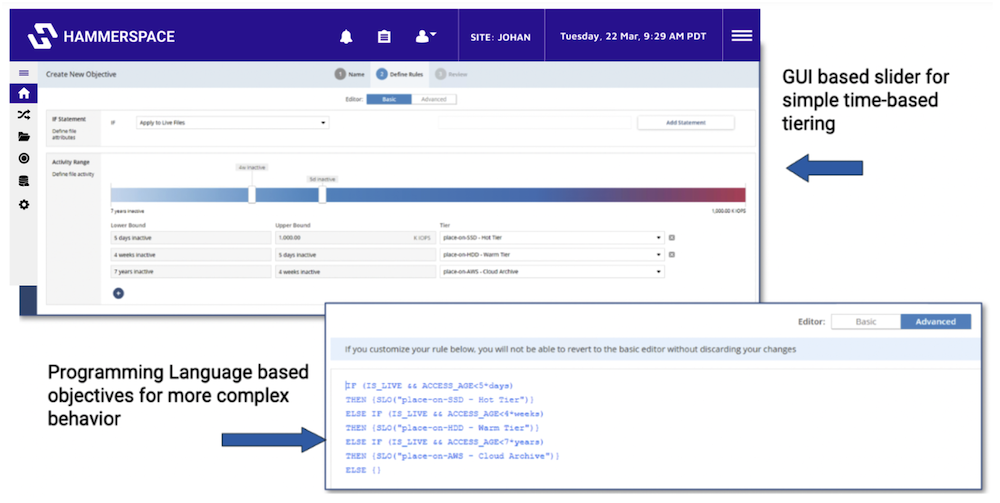
More simply and importantly, Hammerspace objective-based policies applied to dataset can cause Hammerspace to perform certain actions, like creating a point-in-time snapshot or staging data to a particular location. Policies drive data-services action based on the dataset or how it is being used.
This cuts down on the need for manual interaction and further streamlines the process.
Conclusion
There are many complex operations and interactions involved in Electronic Design Automation. A Hammerspace Global Data Environment can speed up these processes through integration with their automation and getting rid of serial tasks. Cost saving can be realized by the increased pace of development combined with the lack of manual, overhead data manipulation.
Read more about Hammerspace products now.

